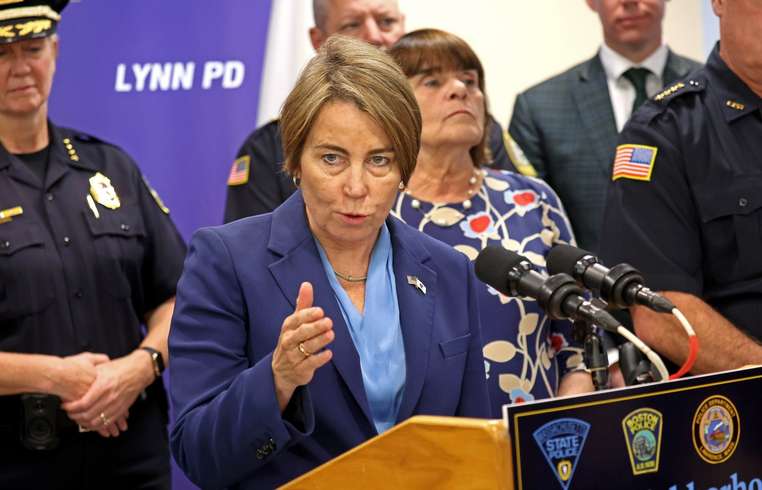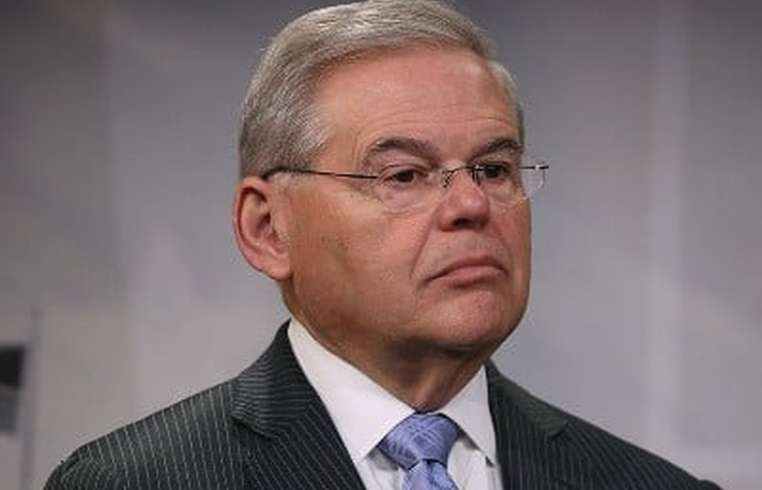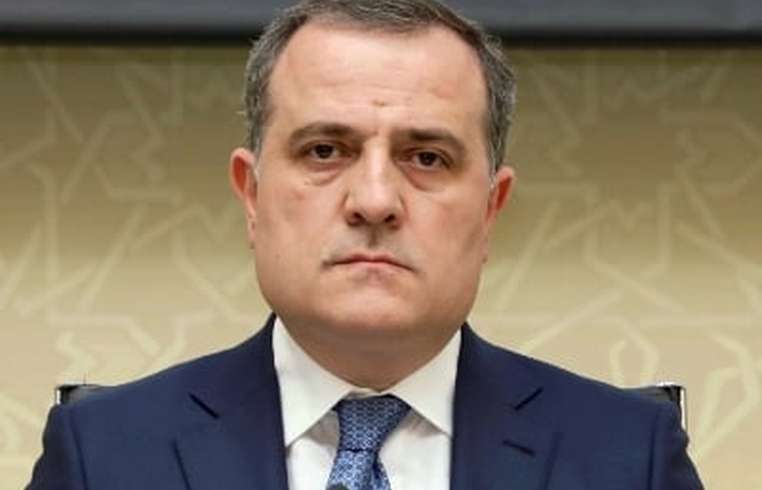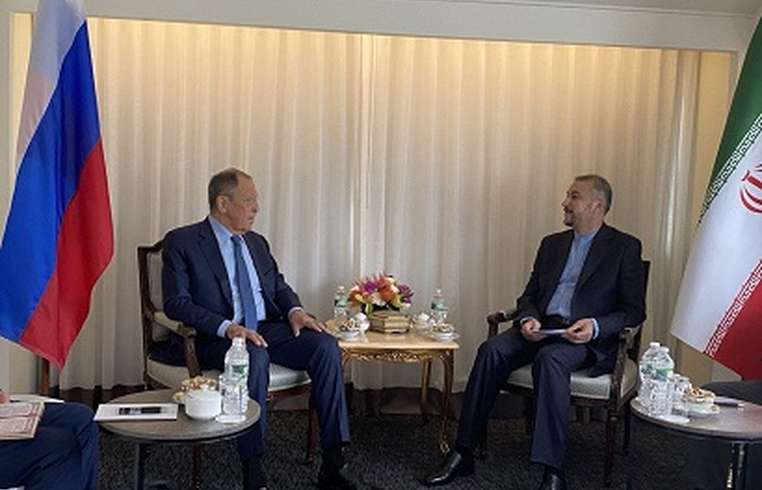
News - Healey, Noble and Bradley: Committing to build a safer Massachusetts
Business Strategy
Healey, Noble and Bradley: Committing to build a safer Massachusetts

Public safety doesn’t come from a single agency, a single strategy, or a single moment. In Massachusetts, it’s built every day in neighborhoods, in youth centers, in police departments and nonprofit offices through trusted partnerships, smart investments, and a shared commitment to stronger communities. Recent incidents have revealed the complexity of today’s public safety challenges, and reaffirmed that we have the tools, partnerships and experience to meet them. Over the past two weeks, we have met with District Attorneys, police chiefs, community leaders, and legislators across Massachusetts as part of a series of public safety roundtables. These conversations, convened by the Executive Office of Public Safety and Security in Brockton, Holyoke and Lynn confirmed what we already know: the most effective strategies for stopping crime and strengthening neighborhoods are local, collaborative, and rooted in partnership. The Commonwealth Project Safe Neighborhood (PSN) initiative is one example of what this looks like in action. This multi-year initiative brings together state and local police, District Attorneys and community organizations to share intelligence, coordinate enforcement and support youth programming. Since its launch, PSN has removed over 130 illegal firearms, seized over 100 kilograms of narcotics, and resulted in more than 1,000 arrests and summons all while building new pathways to safety through prevention and youth engagement. Yet the success of this work is measured not only in numbers. It is reflected in the trust built among partners and the visible improvements in neighborhoods that once struggled with persistent challenges. Holyoke Police Chief Brian Keenan said it best, "Fighting crime is expensive, but the cost of not fighting it is far more." In Holyoke, strong coordination with the State Police has helped shut down open-air drug markets and reclaim local parks for families. In Brockton, the SeeClickFix program allows residents to report safety and quality-of-life concerns directly to city officials, strengthening the connection between residents and those who serve them. We also saw how prevention and engagement build lasting safety. In Randolph, the Police Department’s “Copsicle” program has become a summer tradition, creating positive moments between officers and children in local neighborhoods. On Cape Cod, programs like the YMCA’s Y Achievers provide academic guidance, mentorship, and career exposure to help young people stay on a path toward success. ROCA’s statewide intensive outreach and job-readiness programs engage at-risk youth, disrupting cycles of violence and offering a bridge toward stability and opportunity. These are not isolated examples; they represent the shared spirit of innovation and collaboration that keeps our cities and towns strong. Across every region, one message has been consistent: breaking down silos works. When agencies coordinate enforcement and align on prevention, results follow. District Attorneys across Massachusetts have described initiatives like PSN as “force multipliers” because they amplify every resource devoted to public safety. Over the weekend, there were incidents involving large, illegal street takeovers underscoring the need for coordination and accountability. These events can quickly turn dangerous, with high speeds, unpredictable crowds, and blocked roadways that put both the public and first responders at risk. Local chiefs raised these concerns during our roundtables, stressing that strong partnerships between local police, State Police, and prosecutors are essential to prevent these situations of organized disorder from escalating and endangering the public and our first responders. In response, State Police are working closely with local police to investigate and apprehend people who commit these crimes. Those who organize, promote, or participate in these reckless gatherings will be held accountable to the fullest extent of the law. That commitment to coordination, from the street level to the state level, defines what makes Massachusetts strong. Our relationships with federal law enforcement partners also play a role. They can bring resources and expertise when investigating and prosecuting serious violent crimes; However, what we heard during the roundtables was clear: lasting public safety is built locally. It happens when community organizations receive the support they need and when a resident knows their neighborhood officer by name. We are proud of the measurable outcomes: In 2024, Massachusetts’ overall crime decreased 5% from 2023. Homicides were down by more than 11%. Motor vehicle thefts dropped 16%. Robberies, aggravated assaults, and even fraud-related crimes all declined. That is progress, but our work is not done until everyone feels safe in their communities. We are even more proud of the people behind the numbers. Officers on the beat. Outreach workers on the front lines. Prosecutors, prevention specialists, faith leaders, educators, reentry coordinators and so many others who know that keeping communities safe takes a team. Public safety isn’t just about what we stop. It’s about what we build. And in Massachusetts, we’re building something that works. Maura Healey is the Governor of Massachusetts. Colonel Geoffrey Noble is Superintendent of the Massachusetts State Police, and Chief Michael Bradley (Ret) is the Executive Director, Massachusetts Chiefs of Police Association.






